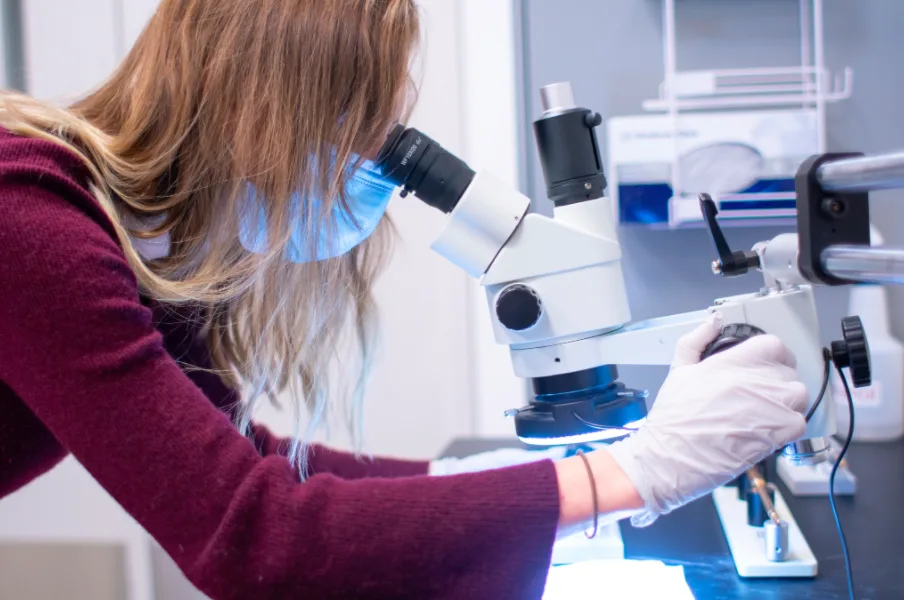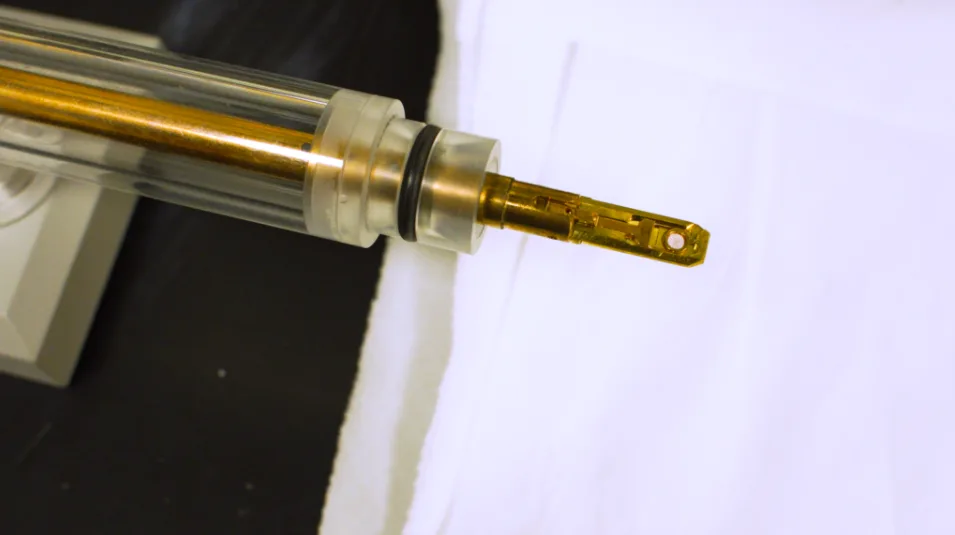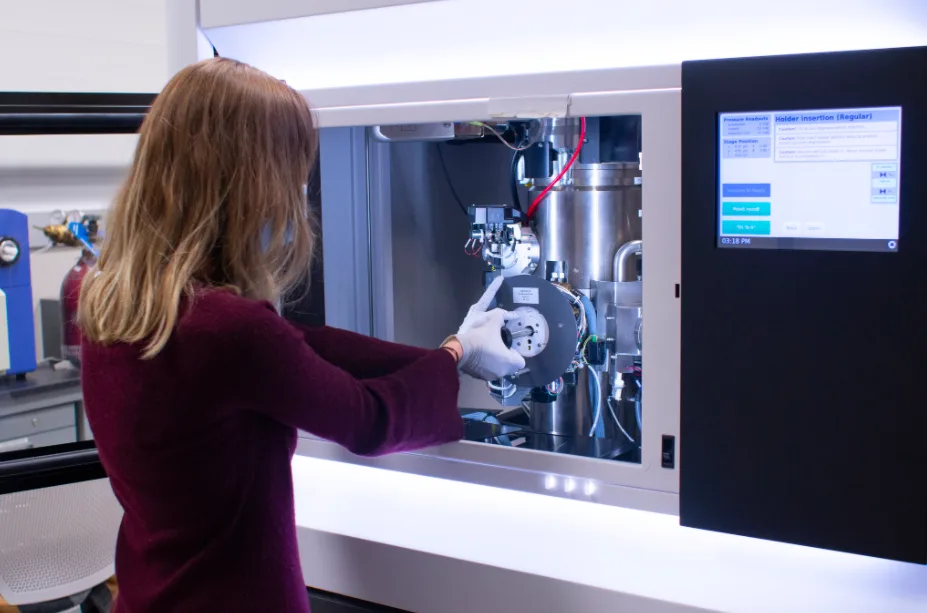
Desalination breakthrough paves way for more clean water at a cheaper cost
Desalinating water could soon become more efficient at a lower cost due to a breakthrough by scientists from The University of Texas at Austin and Penn State.
Even though water is a natural and abundant resource, experts estimate one in three people on Earth do not have access to clean drinking water. Scientists have long hoped that ocean water could one day be easily desalinated and safe for consumption, but the complex nature of desalination technologies has kept this goal out of reach. However, scientists from the University of Texas at Austin and Penn State say that they have made a huge leap towards achieving this reality with a recent breakthrough in their research.
Over the past 40 years, desalination technologies have operated by pushing saltwater across reverse osmosis membranes that block salt and impurities from passing through, but scientists weren’t entirely sure about how the water molecules actually moved through the membranes on a microscopic level.

Technology that was used to study the membranes at a microscopic level. Credit: Tyler Henderson/Penn State
To better visualize how the water molecules behave as they travel through the membranes, the researchers inserted small samples of the membrane into an electron microscope and took pictures of them at different angles. These pictures were studied at the nanoscale, which revealed that inconsistencies in the membrane densities reduced their effectiveness at separating salt from the water.
Water molecules were found to have a greater likelihood of diffusing through a specific region of the membrane that had a low thickness and density compared to a nearby thick and dense region, which caused distributions in the water transport and overall reduced the membrane efficiency at desalinating. The researchers’ findings, which can be found in a study published in Science, say that consistent membrane density is key to maximizing the amount of water that can be desalinated and reducing the cost of this technology.

Paper co-author Kaitlin Brickey, a Penn State graduate student in chemical engineering, standing in front of the scanning electron microscope. Credit: Tyler Henderson/Penn State
“Fresh water management is becoming a crucial challenge throughout the world,” said Enrique Gomez, who co-led the study, in a press release from The University of Texas at Austin. “Shortages, droughts — with increasing severe weather patterns, it is expected this problem will become even more significant. It’s critically important to have clean water availability, especially in low-resource areas.”
FRESH WATER RESOURCES IN A WARMING PLANET
The United Nations states that access to safe fresh water is considered a universal human right, but rising sea levels, increasingly frequent droughts, floods, and extreme weather events are reducing the amount of Earth’s fresh water. Population growth and more industrial usage have also been significant stressors on this resource, which is why desalination is often looked to as an ideal, and at times necessary, solution.
The study says that 80 per cent of all the fresh water on Earth is used for agriculture, livestock, and energy applications, which raises concerns because the amount of fresh water being used is exceeding the rate it is naturally replenished by the environment. Several cities in Australia, which is the driest inhabited continent in the world, have turned to desalination to meet agricultural demands over the past few years, but experts point out that this is a costly option with considerable environmental impacts.

The Adelaide Desalination Plant in Australia when it was under construction. Credit: Credit: Vmenkov/ Wikimedia Commons (CC BY-SA 3.0)
Desalination plants are expensive and require a significant amount of energy to operate, which is typically in the form of fossil fuels that release high levels of greenhouse gases. Environmentalists have also raised concerns about the amount of brine and other contaminants being discharged into the environment after the water has been desalinated.
Despite the environmental burden carried by desalination plants, the diminishing supply of fresh water is a humanitarian crisis that will become more severe as water usage increases and global temperatures rise.
The scientists from the University of Texas at Austin and Penn State say that they hope their recent breakthrough in their research will make this technology more cost-effective and will reduce the amount of energy that is needed for the desalination process.
Thumbnail credit: Tyler Henderson/Penn State












